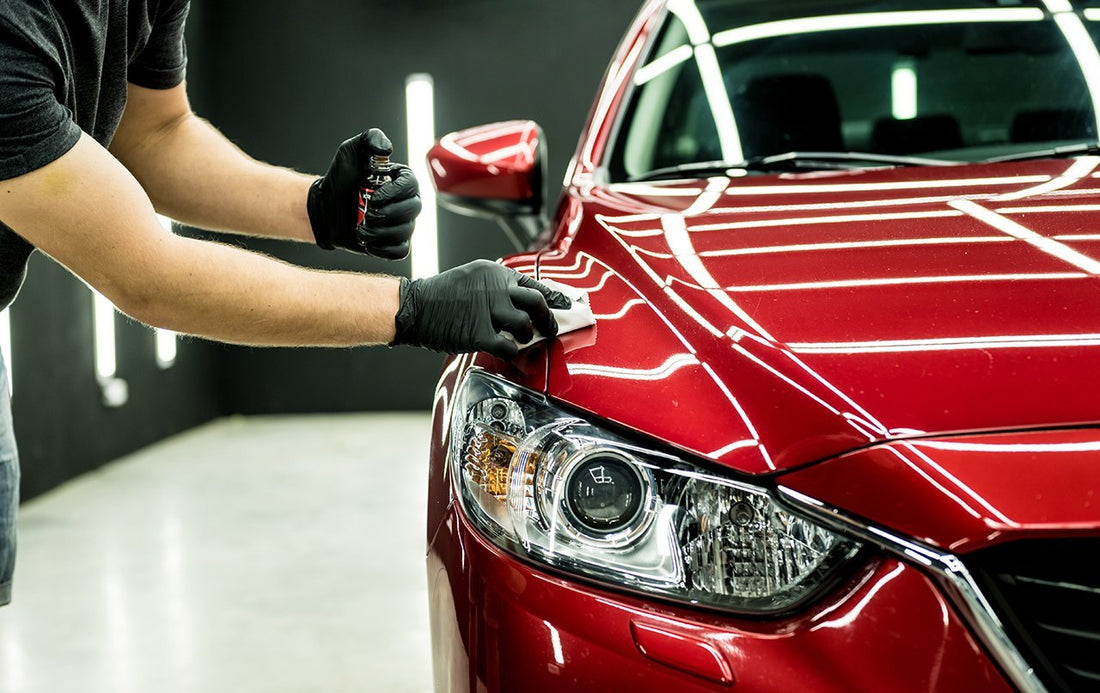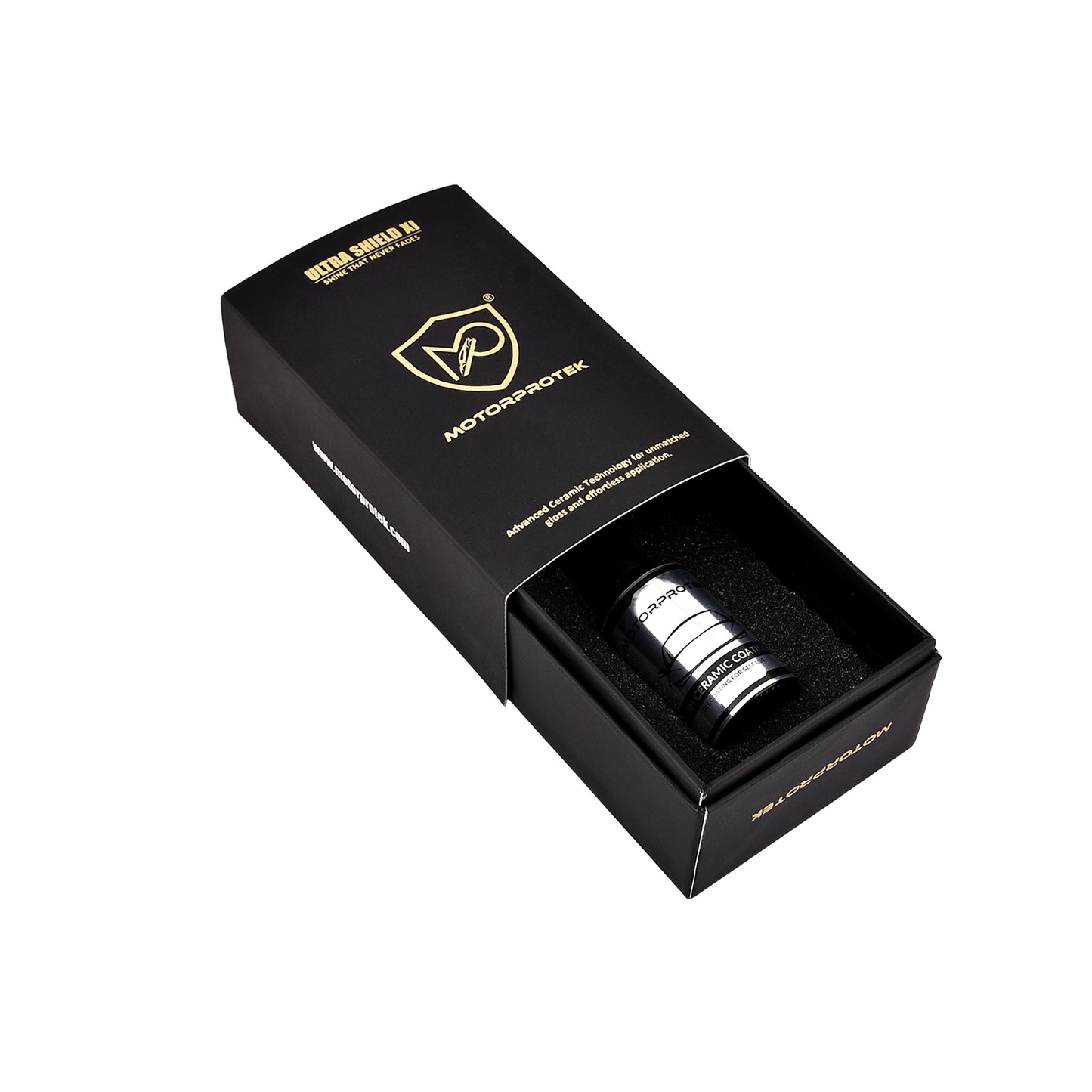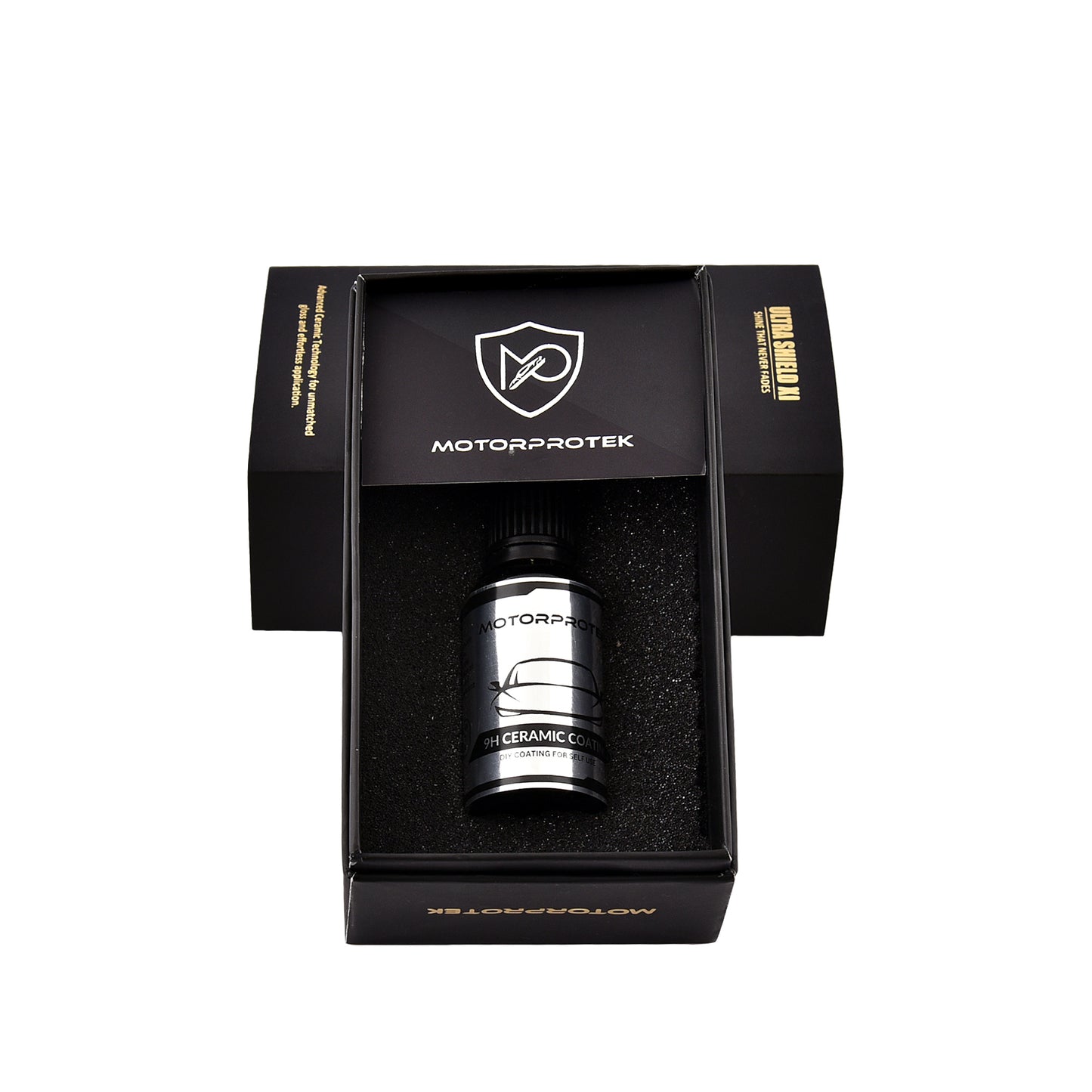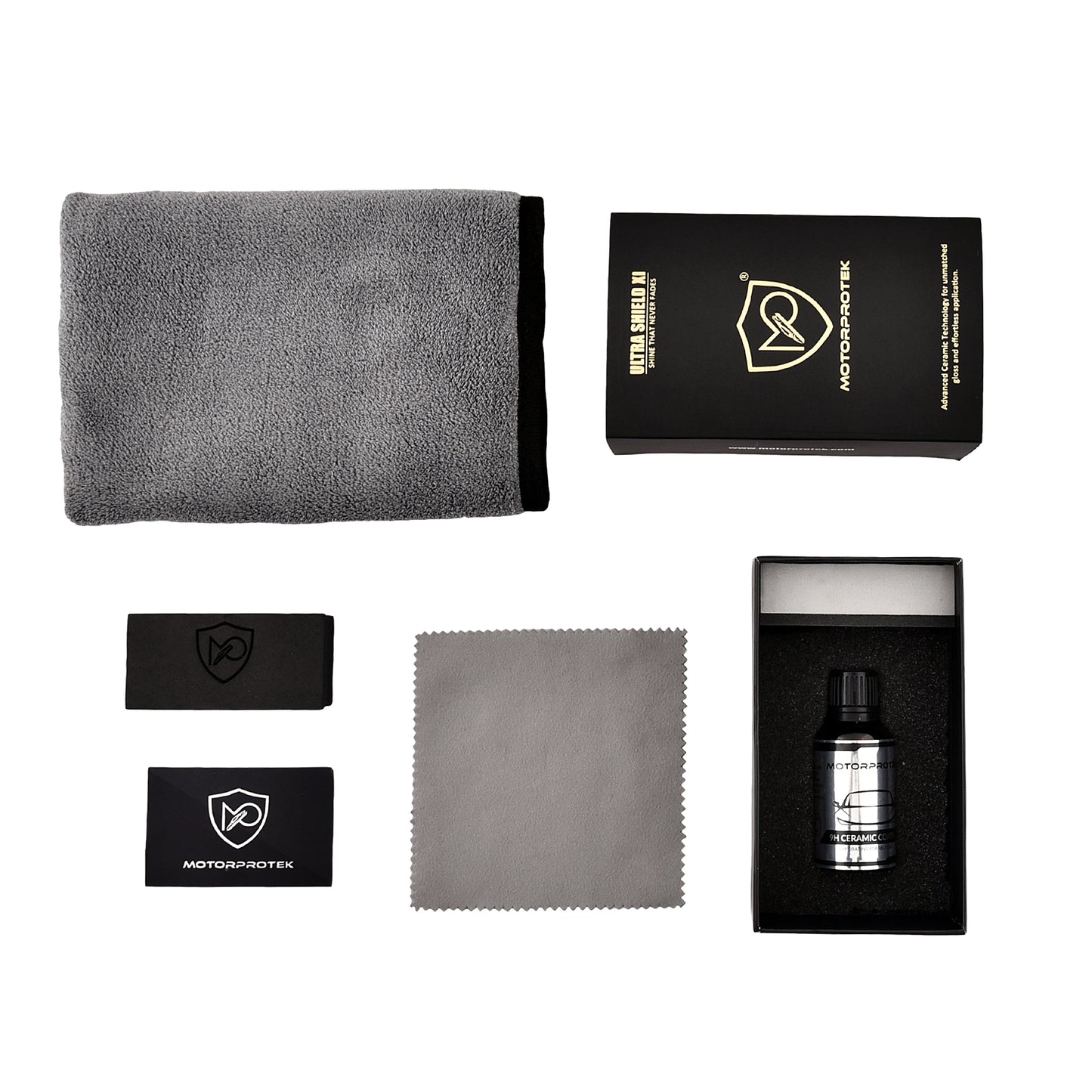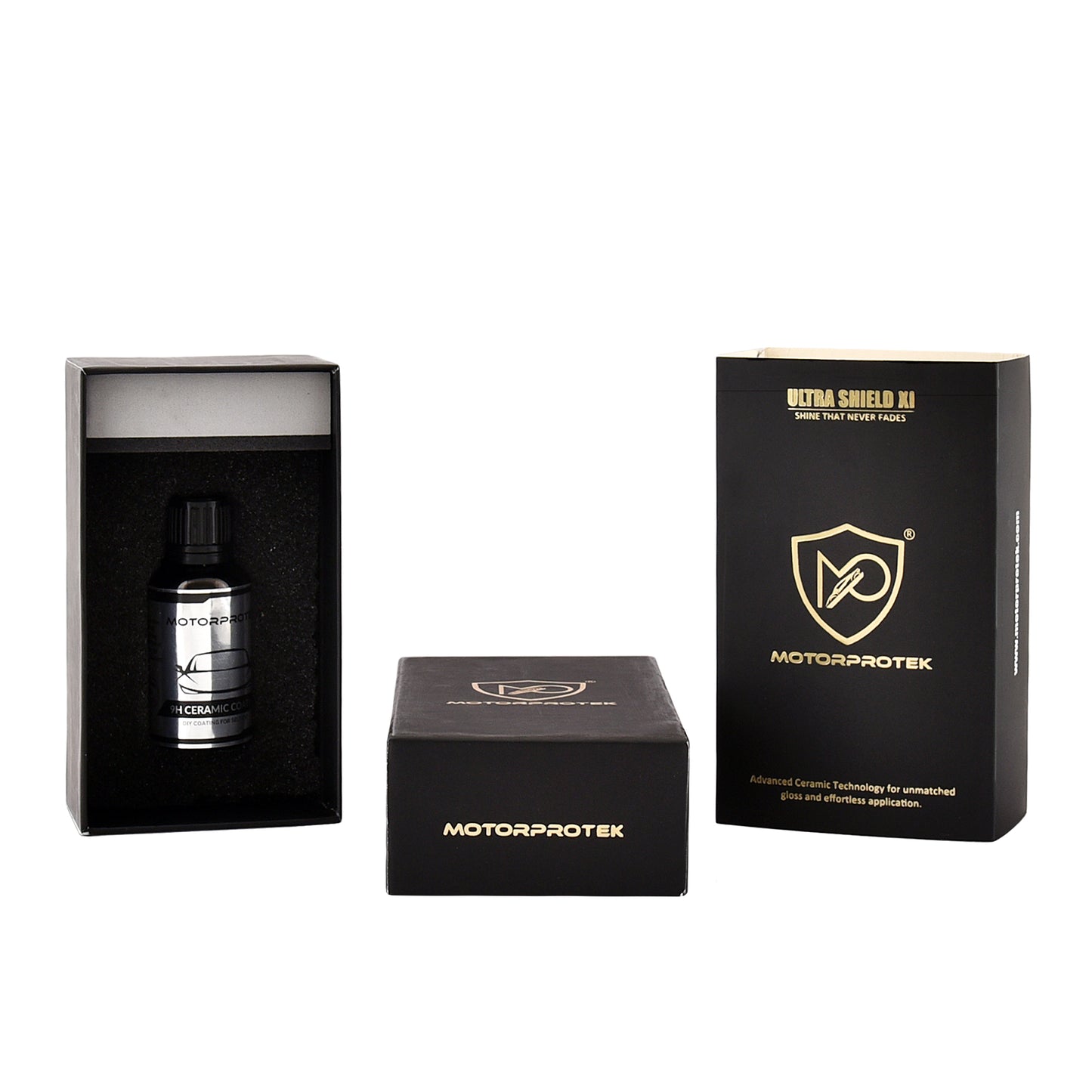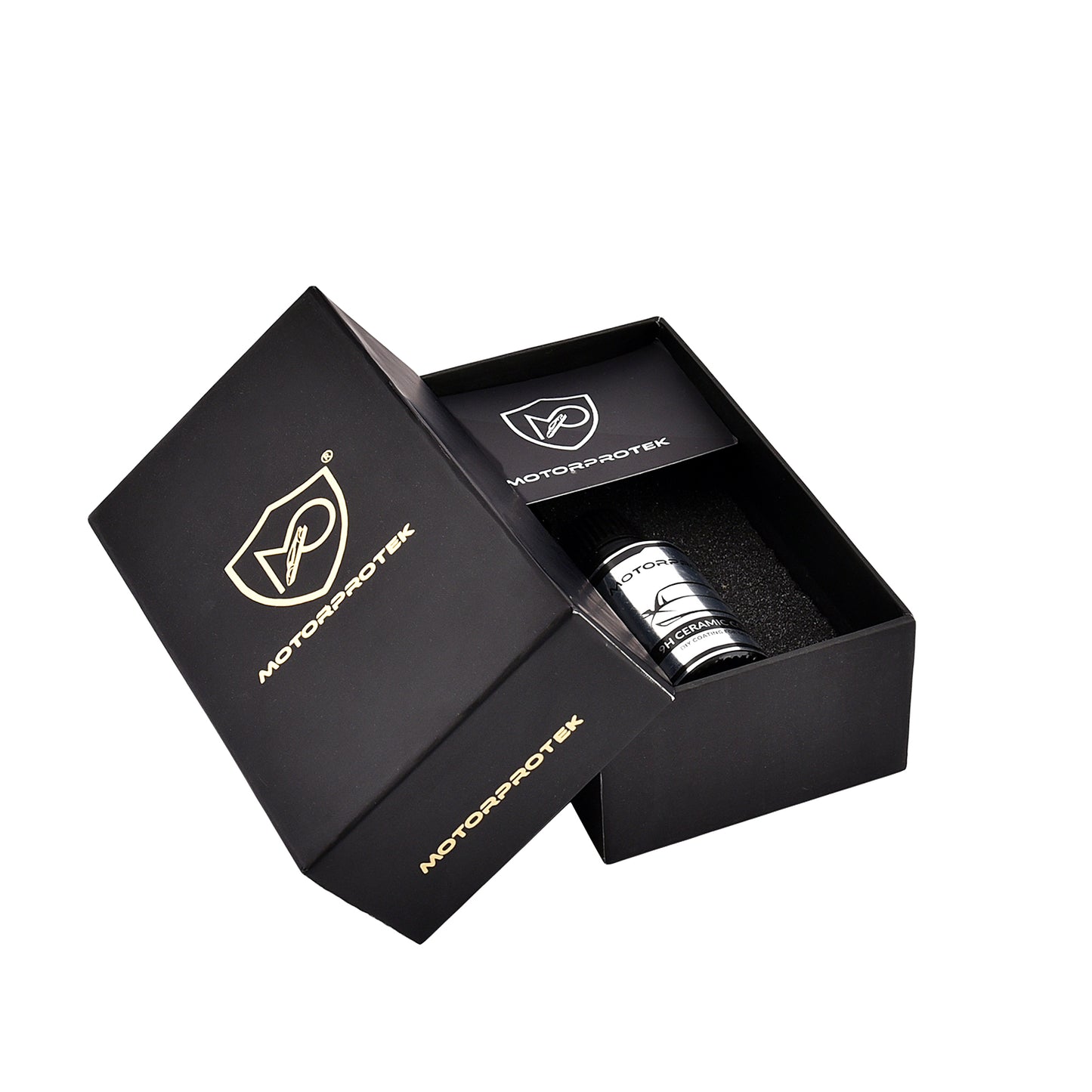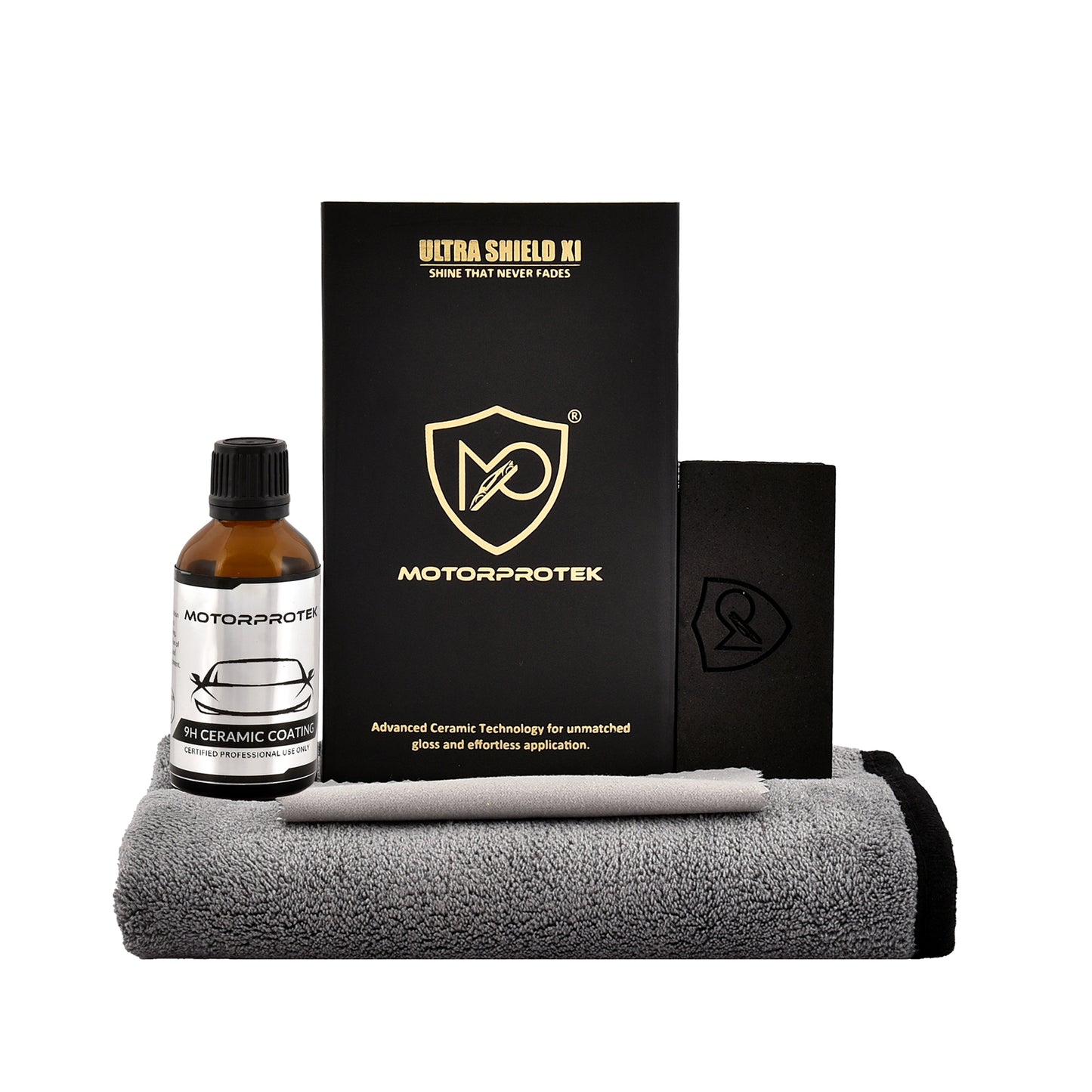What is traditional wax ?
Traditional car wax is a protective coating that is applied to a car's paint to protect it from the elements. It's typically made from a blend of natural waxes, such as carnauba wax or beeswax, and synthetic polymers. The wax forms a barrier between the paint and the outside world, helping to prevent damage from UV rays, dirt, and other contaminants.
How does traditional wax works?
When you apply traditional car wax to your car's paint, it creates a thin layer over the surface. This layer helps to repel water, dirt, and other contaminants, keeping your car looking clean and shiny for longer periods of time. Additionally, the wax helps to protect the paint from UV rays, which can cause fading and damage over time.
One of the benefits of traditional car wax is that it's relatively easy to apply. You simply need to clean your car's paint thoroughly before applying the wax. Once the surface is clean and dry, you can apply the wax using a soft cloth or applicator pad. After allowing the wax to dry for a few minutes, you can buff it off with another clean cloth, revealing a shiny, protected surface underneath.
What is Ceramic Coating?
Ceramic coating is a liquid polymer that is applied to the exterior of your vehicle. It creates a layer of protection that can withstand harsh weather conditions, UV rays, and chemical contaminants. The coating creates a hydrophobic effect, which means that water beads up and rolls off the surface of your car. This makes it much easier to clean and maintain your vehicle.
How does Ceramic Coating works?
Ceramic coating is a popular solution for car enthusiasts looking to protect their vehicle's paint job. But how does it work, exactly?
At its core, ceramic coating is a clear, liquid polymer that is applied to the exterior of a car. This polymer chemically bonds with the car's paint, creating a protective layer that is resistant to UV rays, chemicals, and other environmental factors. The result is a glossy finish that can last for years with proper maintenance.
One of the main benefits of ceramic coating is its ability to repel water and dirt. The hydrophobic properties of the coating cause water to bead up and roll off the surface, taking dirt and grime with it. This means that your car will stay cleaner for longer, and it will be easier to wash when you do decide to clean it.
Another benefit of ceramic coating is its durability. Unlike traditional wax or sealants, which need to be reapplied every few months, ceramic coating can last for years. This is because the coating chemically bonds with the paint, creating a strong, protective layer that can withstand the elements.
Ceramic Coating vs Wax!
When it comes to protecting your car's paint, there are two main contenders in the market: ceramic coating and traditional wax. Both options have their own set of benefits and drawbacks, making it a tough decision for car owners. In this article, we will delve into the differences between these two protective measures and help you make an informed choice.
Let's start with traditional wax. Waxing has been a popular method for protecting car paint for decades. It provides a glossy finish and helps to repel water and dirt. Waxing also fills in minor scratches and swirl marks, giving your car a smoother appearance. Moreover, it is relatively easy to apply and can be done at home.
However, traditional wax has its limitations. It offers limited durability, typically lasting for a few months before it needs to be reapplied. Wax is also susceptible to wear and tear from regular washing and exposure to the elements. Additionally, it does not provide strong protection against UV rays, which can cause fading and damage to your car's paint over time.
On the other hand, ceramic coating has gained popularity in recent years as a long-lasting alternative to traditional wax. Made from nanotechnology, ceramic coatings form a protective layer on top of your car's paint that bonds chemically with the surface. This creates a durable and hydrophobic barrier that repels water, dirt, and other contaminants.
One of the biggest advantages of ceramic coating is its longevity. Unlike wax, which needs to be reapplied frequently, ceramic coatings can last for years with proper maintenance. They provide excellent protection against UV rays, preventing paint fading and oxidation. Ceramic coatings also offer superior scratch resistance, keeping your car looking pristine for longer.
In terms of cost, ceramic coatings are generally more expensive than traditional wax. While waxing can be done at home with minimal expense, ceramic coatings require professional expertise and specialized products. Nevertheless, considering the durability and long-term benefits they offer, many car owners find the investment worthwhile.
What should you choose?
In conclusion, both ceramic coating and traditional wax have their own merits and drawbacks. If you're looking for a quick and affordable solution, traditional wax may be the way to go. On the other hand, if you're seeking long-term protection and are willing to invest a little bit, ceramic coating is the superior choice. Ultimately, the decision depends on your budget, preferences, and desired level of protection for your beloved car.

